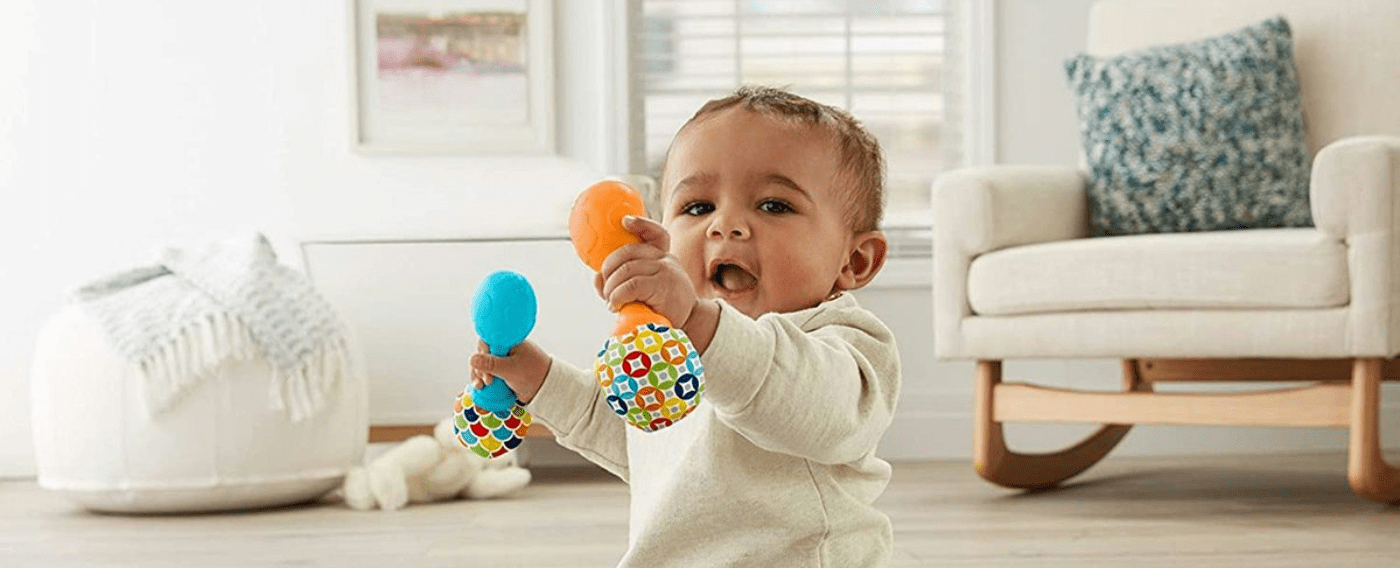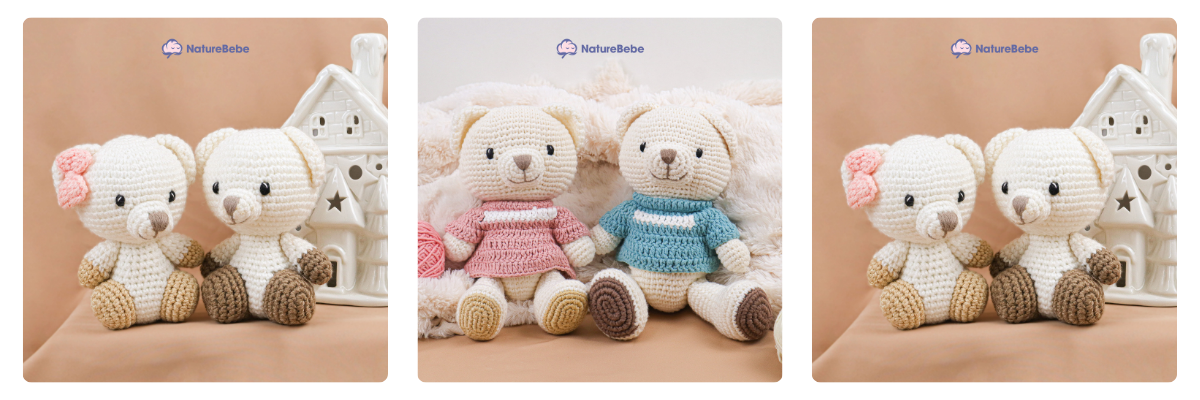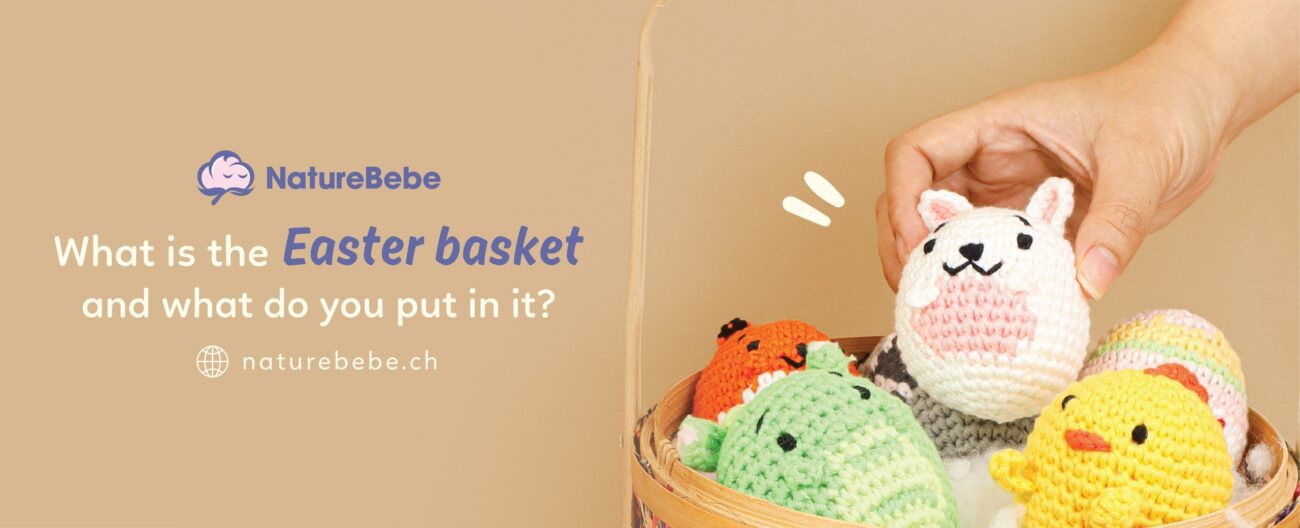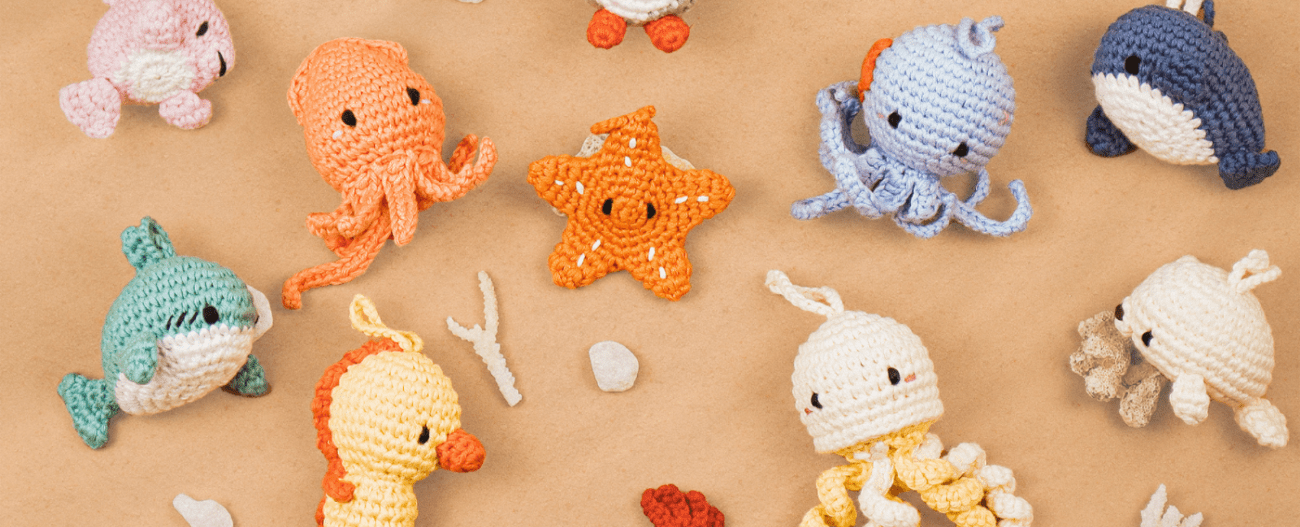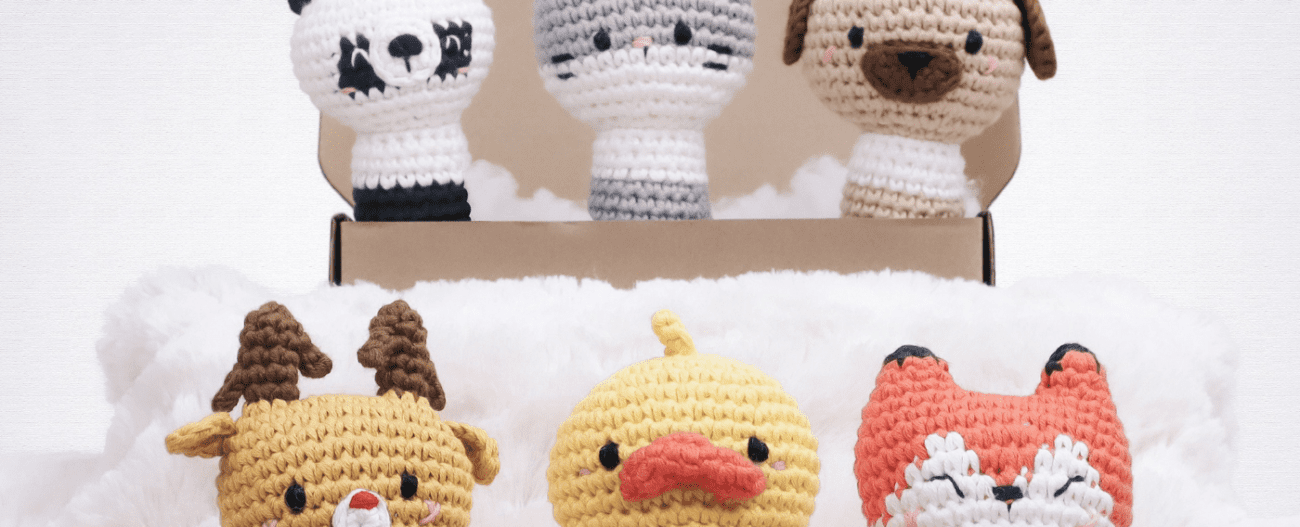For new parents, navigating the world of baby toys can feel like deciphering a foreign language. Tiny rattles, often the first toys encountered, might seem simple, but they hold a surprising power to ignite joy and fuel development in your little one. So, why should rattles be part of your baby’s playtime symphony? And how do you choose safe and engaging instruments for your baby?
The Importance of Baby Rattles in Early Development
The baby rattle is more than just a toy – it’s a key player in a baby’s early growth and development. Its soothing, rhythmic sound and eye-catching design really grab a little one’s attention, helping to wake up all their senses. This simple toy is super important for developing motor skills and hand-eye coordination.
When babies start playing with a rattle, they’re not just having fun – they’re learning how to grab, shake, and explore. It’s like a mini workout for their physical and mental development, all while keeping them entertained. A rattle isn’t just a plaything; it’s a stepping stone to big milestones in those first, precious months of life.
Enhancing Sensory Development with Baby Rattles
Baby rattles play a crucial role in enhancing sensory development in infants. These toys are designed to provide various forms of sensory stimulation, including auditory, tactile, and visual experiences.
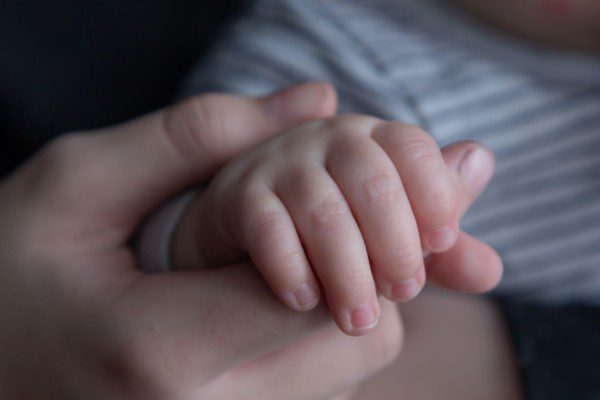
#1. Sound Stimulation and Auditory Development
Rattles are simple yet effective toys that produce a distinct sound when shaken. The repetitive nature of the sound grabs the attention of infants and encourages them to focus on the source. This helps develop their ability to localize sounds and differentiate between different types of noises.
What’s more, the auditory senses are closely linked to language development, as well as cognitive and social-emotional growth. By exposing infants to various sounds through rattles or other similar toys, parents and caregivers can help enhance their ability to recognize and understand different tones, pitches, rhythms, and patterns.
#2. Tactile Exploration and Fine Motor Skills
Auditory development is stimulated as babies shake the rattle and hear the sound it produces. The gentle rattling noise captures their attention and encourages them to explore further. This interaction with sound helps babies in recognizing different tones and pitches, laying the foundation for language development.
On the other hand, tactile exploration is another important aspect of sensory development that baby rattles facilitate. The different textures, shapes, and materials of rattles provide babies with a variety of tactile sensations. As they grasp and manipulate the rattle, they develop fine motor skills and hand-eye coordination.
#3. Visual Tracking
Visual tracking play a crucial role in a child’s early years. The ability to track movements and objects is an essential skill that develops during infancy and continues to mature throughout childhood.
Tracking movements refers to the ability to visually follow and predict the trajectory of objects or people in motion. It involves coordinating eye movements with head movements, allowing individuals to maintain focus on a moving target. This skill is fundamental for various activities, such as sports, driving, and even reading.
Visual attention span is closely related to tracking movements awareness. It refers to the length of time an individual can sustain focus on a particular visual stimulus without getting distracted or shifting attention elsewhere. A longer attention span allows individuals to engage more deeply with their environment, absorb information effectively, and develop higher-level cognitive skills.
Parents, caregivers, and educators can support visual tracking and cognitive development by providing opportunities for infants and children to explore their surroundings through interactive play, engaging toys, books with moving parts or bright colors, as well as age-appropriate games that require sustained attention.
Promoting Physical Development through Baby Rattles
Gross motor skills are essential for a child’s overall physical development. By grasping and shaking a rattle, babies are actively engaging their large muscle groups, such as their arms and hands. This repetitive motion helps strengthen these muscles over time, leading to improved control and coordination.
Fostering Cognitive Development with Baby Rattles
By shaking a rattle and hearing the sound it produces, babies begin to understand that their actions have consequences. This cause-and-effect relationship lays the foundation for problem-solving skills later in life. As they grow, babies start experimenting with different ways of making the rattle produce sounds, enhancing their ability to find solutions to simple challenges.
Object permanence awareness also is another important aspect of cognitive development. It refers to the understanding that objects continue to exist even when they are out of sight. This concept typically emerges around 8-12 months of age and lays the foundation for memory formation, problem-solving, and spatial reasoning.
This, therefore, explains why baby rattles contribute to the development of spatial awareness. Infants learn about object permanence as they observe the rattle disappearing from sight when they shake it vigorously or drop it. They begin to understand that objects exist even when they are out of sight, fostering their spatial cognition.
Social and Emotional Benefits of Baby Rattles
One of the key benefits of baby rattles is their ability to foster bonding experiences between parents and their little ones. As parents shake the rattle and engage in interactive play, they create precious moments of connection, love, and joy. This shared experience strengthens the parent-child bond and promotes a sense of security and trust.
Moreover, baby rattles serve as self-soothing techniques for infants. The gentle sound produced by the rattle can have a calming effect on babies, helping them relax and find comfort during times of distress or restlessness. The repetitive motion involved in shaking the rattle can also serve as a soothing rhythm that aids in regulating emotions and promoting relaxation.
Extra benefit! – They are super cute
Yes, we know it is obvious but we feel the need to include this as we believe baby rattles are just the cutest things ever! In our Animal Rattle collection, the Reindeer Rattle is our most favorable one among them. He is very lovely, isn’t he?
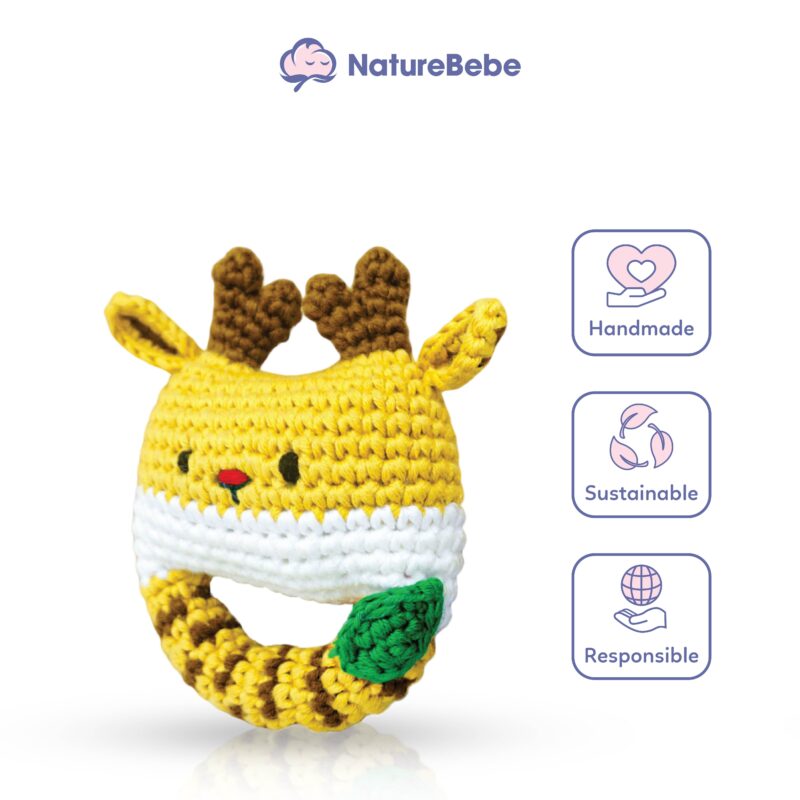
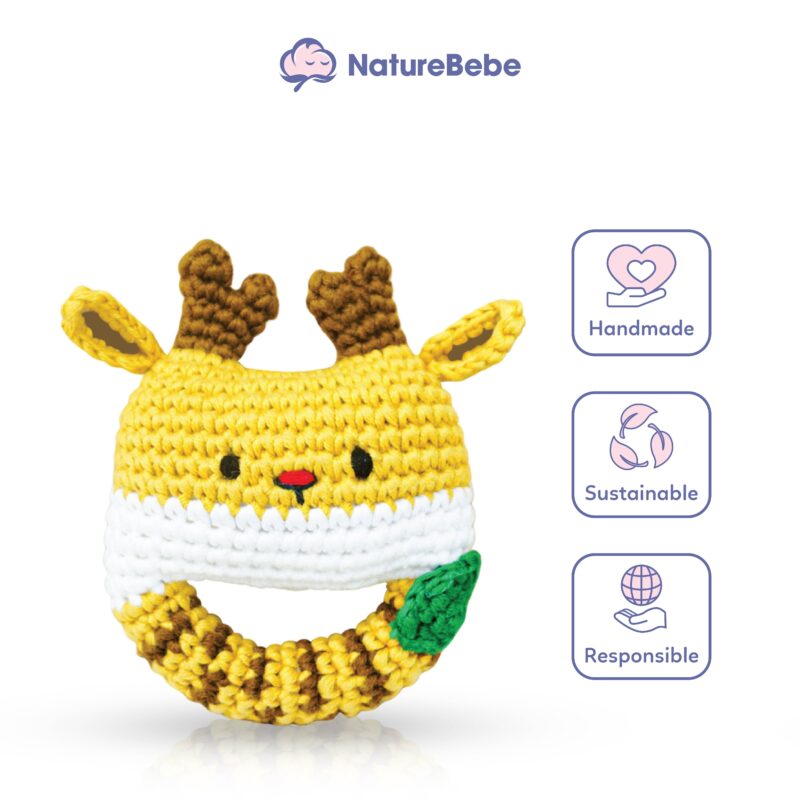
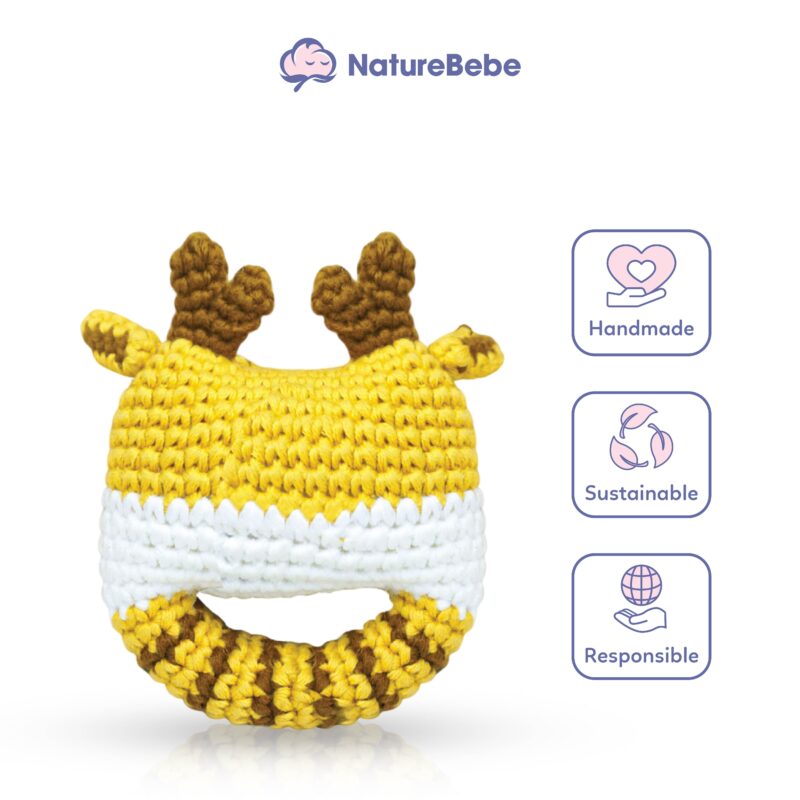
Make sure to check out our collection here so that you don’t miss out on our sweet collection! If you have an interest in discovering everything about baby play and growth, consider looking at our articles where we reply to questions from followers regarding baby development; find the full details here!
Tips for Choosing the Right Baby Rattle for Your Little One
When it comes to choosing the right baby rattle for your little one, age-appropriate selection is crucial. Ensuring that the rattle is suitable for your baby’s age not only enhances their safety but also promotes their developmental growth.
Age-Appropriate Selection: check the manufacturer’s recommended age range before making a purchase.
Baby-Safe Construction:
- Materials: opt for rattles made from non-toxic materials, such as wood or organic cotton.
- Durability: look for rattles that can withstand teething and enthusiastic throws without breaking or creating small parts.
- Size matters too: ensure it’s large enough to prevent choking hazards but small enough for comfortable grasping.
- Sound: gentle chimes or soothing rattles are preferable to loud or jarring sounds.
- Hygiene: choose rattles that can be easily cleaned to keep those tiny explorers safe.
Developmental Considerations: Babies go through different stages of development, and their motor skills and cognitive abilities evolve over time. Therefore, it is essential to consider their age when selecting a baby rattle.
- For newborns and infants up to three months old: opt for rattles that are lightweight, easy to grasp, and have contrasting colors or patterns. These features stimulate their visual senses and encourage early hand-eye coordination.
- As your baby grows older (around three to six months): choose rattles with various textures and shapes. This helps them explore different tactile sensations while developing their fine motor skills.
- For babies aged six months and above: look for rattles with additional features such as buttons or knobs that produce sounds or lights. These interactive elements engage their curiosity and promote sensory exploration.
The Bottom Line
Baby rattles are more than just playthings; they’re powerful tools for development, entertainment, and bonding. From enhancing cognitive skills to soothing sore gums, these tiny treasures offer a wealth of benefits for your little one. So why wait? Grab a rattle and let the fun begin!
FAQs
Are baby rattles safe for newborns?
Yes, baby rattles designed specifically for newborns are safe and beneficial for their development.
How can I clean a baby rattle?
You can clean a baby rattle by washing it with mild soap and water and ensuring it’s thoroughly dried before giving it back to your baby.
Can baby rattles help with teething?
Yes, teething rattles are specifically designed to provide relief for babies during the teething phase by offering textured surfaces to chew on.
What age range are baby rattles suitable for?
Baby rattles are suitable for infants from birth and throughout their first year, although some developmental rattles may continue to engage older babies as well.
Are there any eco-friendly options available?
Yes, there are eco-friendly baby rattles made from sustainable materials such as organic cotton or natural wood, offering a safer and more environmentally conscious choice for parents.

